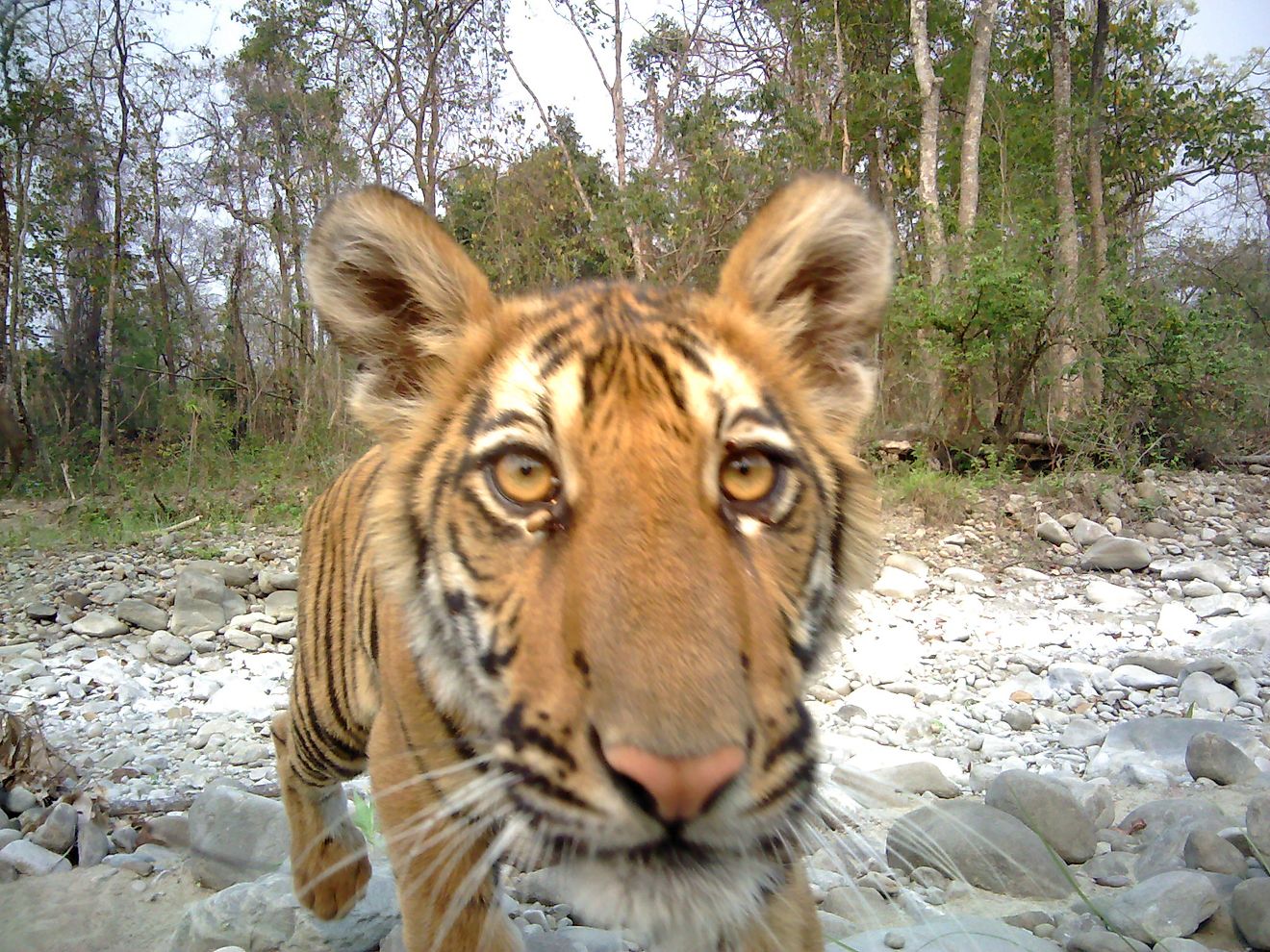What Is Speciation?

Speciation refers to the process of evolution whereby different species emerge from the existing population. Some of the scientists associated with the idea of speciation are biologists Orator F. Cook and Charles Darwin. Cook argued in 1906 about cladogenesis, which refers to the splitting of lineages, in contrast to anagenesis. Anagenesis is a type of evolution whereby lineages are associated with phyletic evolution. Charles Darwin is well-known for his ideas about natural selection. He wrote a book The Origin of Species in 1859 where he also identified speciation as a process which gave rise to new species.
Background
Evolution has become a field of study over many years. This area is vital in finding out reasons why some species become extinct while others emerge while some adapt to changing environmental conditions. In the case of speciation, the critical issues behind the origin of species are mechanisms of evolution and reasons for individuality and separateness of species within the biota. Darwin’s arguments on understanding reasons for evolution is based on the evolutionary mechanisms.
Sexual Reproduction and Formation of Species
According to studies, the rate at which species emerge or disappear may be influenced by sexual and asexual reproduction. Sexual reproduction is the most affected since it entirely depends on the existence of male and female mates to give rise to new species. Thus, this type of breeding is influenced by rarity cost. In cases where mates are common and are always available, the species reproduce much faster than when they are few. On the other hand, asexual reproduction is always independent, and the species do not depend on the other for reproduction. Thus, sexual reproduction is most vulnerable to extinction or emergence of newer kinds of organisms.
Geographical Modes
As noted earlier, speciation is affected by the four geographic modes; namely peripatric, allopatric, sympatric, and parapatric. The allopatric mode is a condition in which a given population splits. The split may be caused by geographical separation whereby the population is separated from the other. Consequently, due to the geographical conditions, the offspring may develop different phenotypic characteristics from the other. If the populations come together later, the probability of development of new types of species when they mate is high.
Parapatric mode entails the partial separation of two divergent populations. The species may come in contact periodically, but lack of frequent contacts may lead to behavioral changes which hinder mating hence prevent them interbreeding. Sympatric speciation, on the other hand, is composed of population tracing their origins from one ancestor. However, their contacts are limited due to different habitats. For example, some may be living on a tree while others prefer inhabiting on the ground. Sympatric speciation is most common among insects.
Speciation is also affected by various methods of selections. Different species give rise to new types of organisms through such means as sexual selection, ecological factors, and reinforcement. In addition to these natural methods, artificial methods like animal husbandry may lead to the emergence of new species. Both natural, as well as artificial means of speciation result in the development of different offspring.
Advantages and Disadvantages of Speciation
When populations of given species are interbred, new offspring emerge. The offspring is normally stronger compared to the parents. The species is more resistant to diseases as well as environmental adversities. However, the most notable demerit of speciation is that it may lead to the extinction of some species. Geographical conditions may hinder the population to mate thus reducing their numbers and finally wiping them out from the earth.











